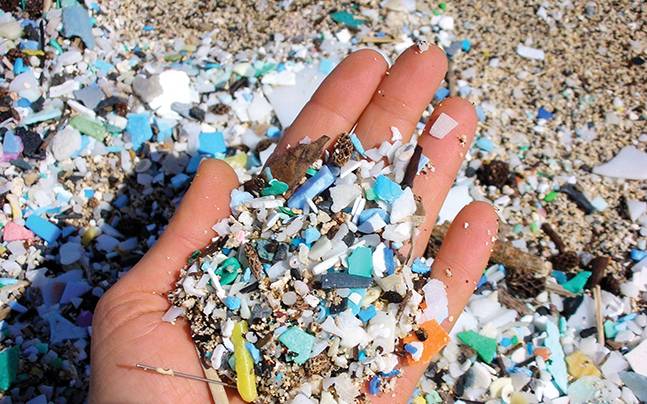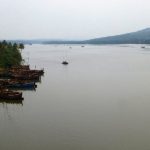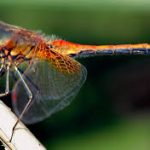By Our Chief Reporter
Panaji (Goa) The microplastics, which are one of the carrier of the pollution to the marine environment, are found more on the beaches of Karnataka and Maharashtra compared to that of Goa, the ocean researchers have revealed.
The paper detailing the research on microplastics on the coast of Maharashtra, Karnataka and Goa was presented during recently held sixth International Conference on Ecotoxicology and Environmental Science in New Delhi organised by Institute of Ecotoxicology and Environment Science.
The research was conducted by senior scientist Mahua Saha from Goa-based CSIR-National Institute of Oceanography and her team comprising with Dusmant Maharana, Chaynika Rathore and R A Sreepada on different beaches across all the three states.
“We undertook first ever comprehensive study on the identification and ecotoxicological impact of microplastics in the coastal Arabian Sea. We observed 5,095 pieces of plastic pollutants in total, ranging from three to 100 mm from ten beaches along west coast of India during 2016-17,” the research paper.
The researchers have claimed that they found significant variations in distribution pattern of plastic contaminants such as fragments, fibers, films and pellets with different locations in Maharashtra, Karnataka and Goa.
The paper mentions that the researchers found high abundance of secondary microplastics like plastic films, fibres, fragments and primary microplastics like pellets in Maharashtra and Karanataka beaches.
“However, comparatively fewer microplastic pellets found along Goa coast,” the researchers have said.
The scientists have said that Microplastic pellets which are of size less than three millimeters tend to accumulate persistent organic pollutants (POPs) and easily get transported and enter marine food chain.
“Microplastic pellets with variable colors were abundant in all the beaches of Maharashtra while moderate amount were observed along Karnataka coast and lowest abundance were found along Goa coast,” the paper has stated.
In an interesting noting, the researchers have said that these microplastic pellets were made of polyethylene and polypropylene, and a few of them were unidentified as polymers.
“Due to long residence time of microplastics or pellets in seawater and on beaches especially in polluted marine environments, they tend to adsorb various pollutants, and may act as vector transferring toxic chemicals from environment to marine organisms,” the paper said.
The researchers have said that these findings may enhance our understanding about deleterious impact of microplastics and associated POPs on the marine ecosystem providing crucial information on the complex chemico-biological interplay and will give early warnings of the impending invisible threat.



























